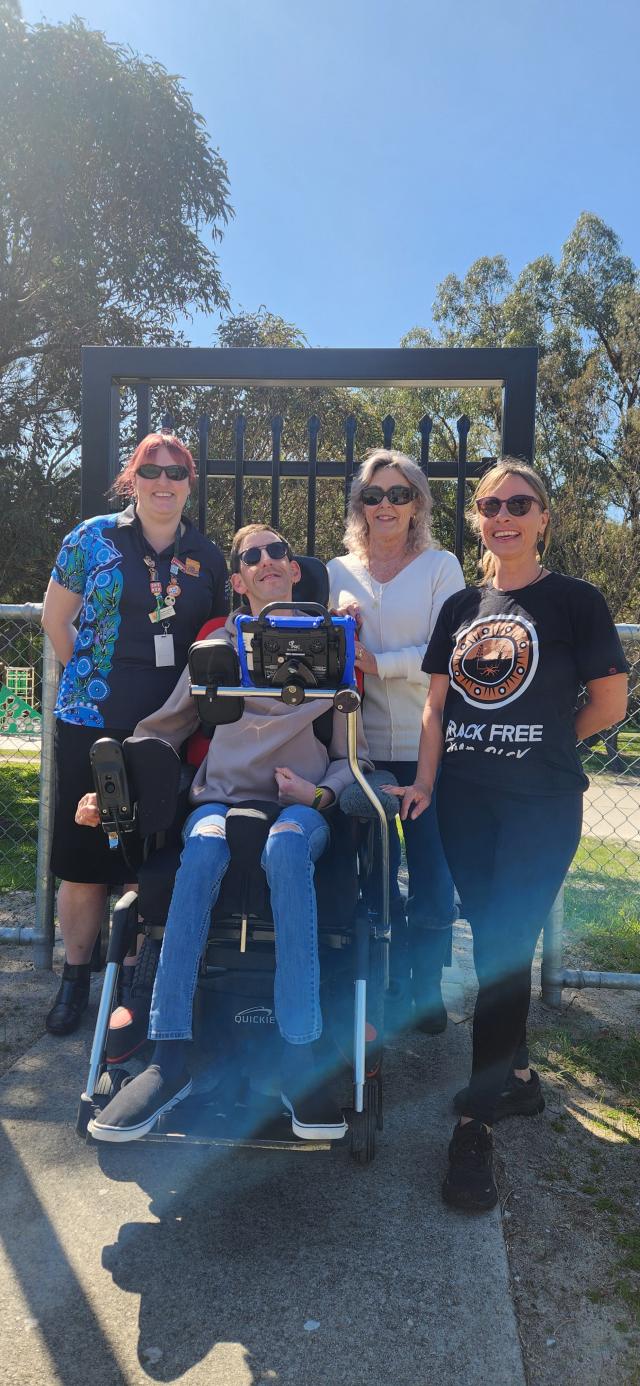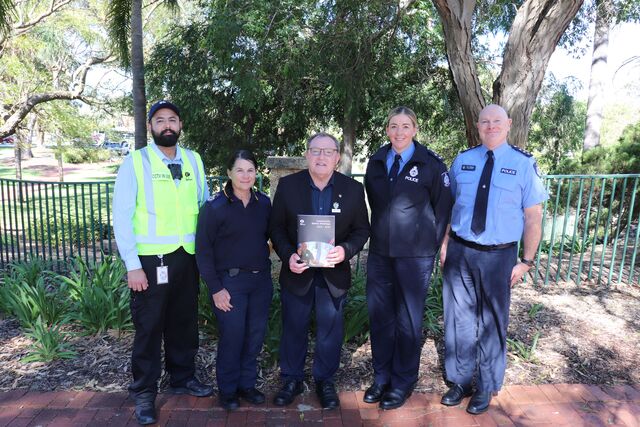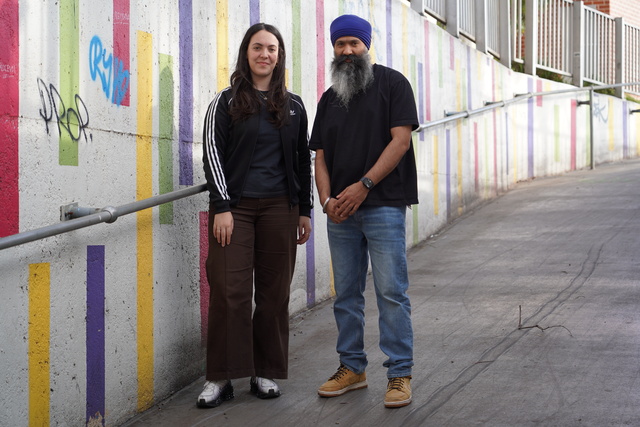Orange residents will experience more hot days, fewer cold nights and more severe fire weather days, according to new NSW government modelling.
The third version of the NSW and Australian Regional Climate Modelling (NARCliM), which has just been released by the state government, forecasts new climate outcomes for New South Wales.
The state-wide report includes predictions for each region across the state including Orange and the Central West, based on either a low-emissions scenario or a high emissions scenario.
Under the low-emissions scenario, by 2050 Orange will have an extra 15 hot days each year, while there’ll be 11 less cold nights. Under the high-emissions scenario, there will be an extra 24 hot days per year, 19 fewer cold nights leading to an 80 per cent reduction in the annual number of cold nights across the Central West and Orana by 2090.
Orange City Council CEO, David Waddell believes there are challenges ahead as the region adapts to the emerging predictions.
“On one hand, the latest report backs the Council’s decision to adopt an Emissions Reduction Plan, providing a pathway to reducing operational emissions and a target of achieving net-zero by 2050,” David Waddell said.
“We’re already making significant progress by installing 700KW of solar panels on Council buildings and sourcing 100 per cent of the electricity we need from renewable sources”
“But on the one hand, this new data is more confronting than anything we’ve seen before and it throws up a series of challenges both for Council and our whole community.
“We know that prolonged hot days where maximum temperatures are 35°C or above will increase the incidence of illness and death, as well as significantly boost our bushfire risk. As a community do we have enough safe places where people can go?
“As a Council we’ve based our water supply and flood modelling on the best available climate change modelling, but this latest data indicates those goal posts are shifting, and we all need to continue to adapt as fresh predictions come to light.”
“The 2039 modelling shows a seven per cent reduction in rainfall under the low emissions scenario which would put Orange’s water supply under threat.”
According to the new modelling, hot days will become more frequent in Orange. Seasonal changes in number of hot days could have significant impacts on bushfire danger, infrastructure and native species.
The report states that temperature is the most robust indicator of long term climate change. In NSW, six of the 10 warmest years on record since 1910 have occurred since 2013.
Orange City Council’s Sustainability Officer, Eli Todman, said the updated NARCliM projections provide robust and trusted information, which reinforce our commitments to a net-zero future.
“The new modelling will help shape decisions as we work with the Orange community as businesses and agencies adapt to the impacts of climate change”, Eli Todman said.
“Our region is particularly susceptible to changes in rainfall patterns, increased temperatures, and extreme events. We need to continue to build our resilience to these changes to ensure a sustainable future can be achieved,” Mr Todman said.









